 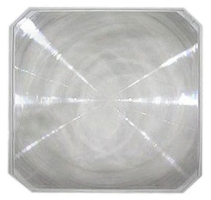 A Fresnel lens is used as an alternative to a conventional lens because it is lighter and less expensive. The lens is made of concentric circular grooves etched into a substrate such as plastic; the remaining material follows the surface curvature of a normal lens.
This type of lens is capable of focusing light similar to a conventional lens, while being very narrow and light. A Fresnel lens is used as an alternative to a conventional lens because it is lighter and less expensive. The lens is made of concentric circular grooves etched into a substrate such as plastic; the remaining material follows the surface curvature of a normal lens.
This type of lens is capable of focusing light similar to a conventional lens, while being very narrow and light.
A Fresnel lens replaces the curved surface of a conventional lens with a series of concentric grooves. These contours act as individual refracting surfaces, bending parallel light rays to a common focal length. 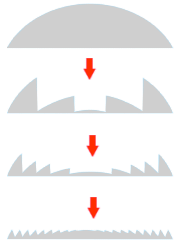 As a result, a Fresnel lens, while physically narrow in profile, is capable of focusing light similar to a conventional optical lens. Fresnel lenses are most often used in light gathering applications. They can also be used as magnifiers or projection lenses, such as an overead projector. As a result, a Fresnel lens, while physically narrow in profile, is capable of focusing light similar to a conventional optical lens. Fresnel lenses are most often used in light gathering applications. They can also be used as magnifiers or projection lenses, such as an overead projector.An overhead projector is a device that projects an image onto a flat surface, usually a vertical screen. A Fresnel lens is used to magnify the image from the light source and project it onto the surface. Because it is thin and lightweight, a Fresnel lens is often used in overhead projectors as it reduces the size and weight of the projector, making it easier to transport and set up. 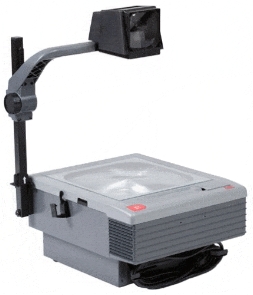
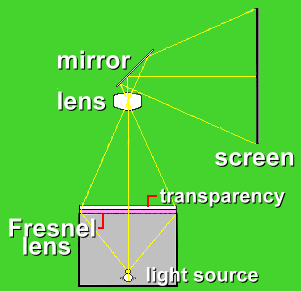 In devices like the overhead projector, the lens turns light from a small source into uniform parallel beams of light suitable for protection. (1) Reversing the lens allows for the collection of solar light, which reaches us as essentially parallel beams; the lens will concentrate the light onto a point, ideal for a photovoltaic cell or to heat a surface. (2) For example, a Fresnel lens can be used for popular home maintenance such as heating a home or pool! In these cases, the overall surface area of the lens determines the amount of collected light. 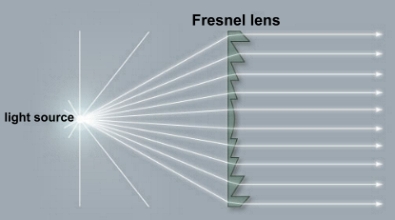
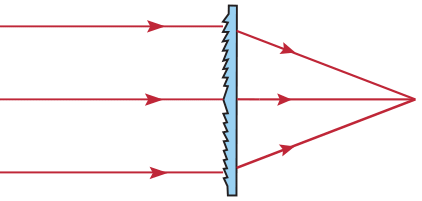 1 2 |